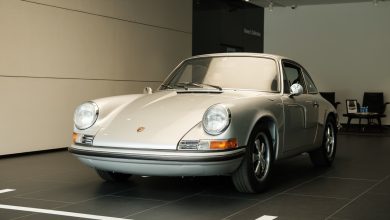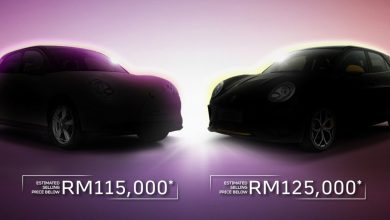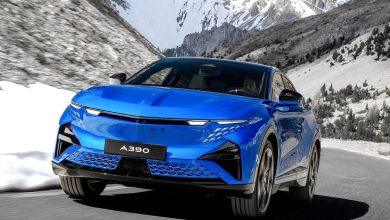Mercedes EQE SUV Provides 590 Battery Driving Range

This EQE SUV will probably be the next best selling electric vehicle from Mercedes.
Say hello to the Mercedes-Benz EQE SUV which is a brand new battery powered SUV from Mercedes to sit alongside the popular EQA and the dynamics looking EQC 4MATIC.
The EQE SUV is one of the most spacious representatives of its class. Yet it is more compact than the EQE Saloon and, at 3030 millimetres, has a wheelbase that is nine centimetres shorter.
The external dimensions are 4863/1940/1686 millimetres (length/width/height). As the fourth model after the two EQS and EQE Saloons as well as the EQS SUV, the EQE SUV uses the new all-electric platform.
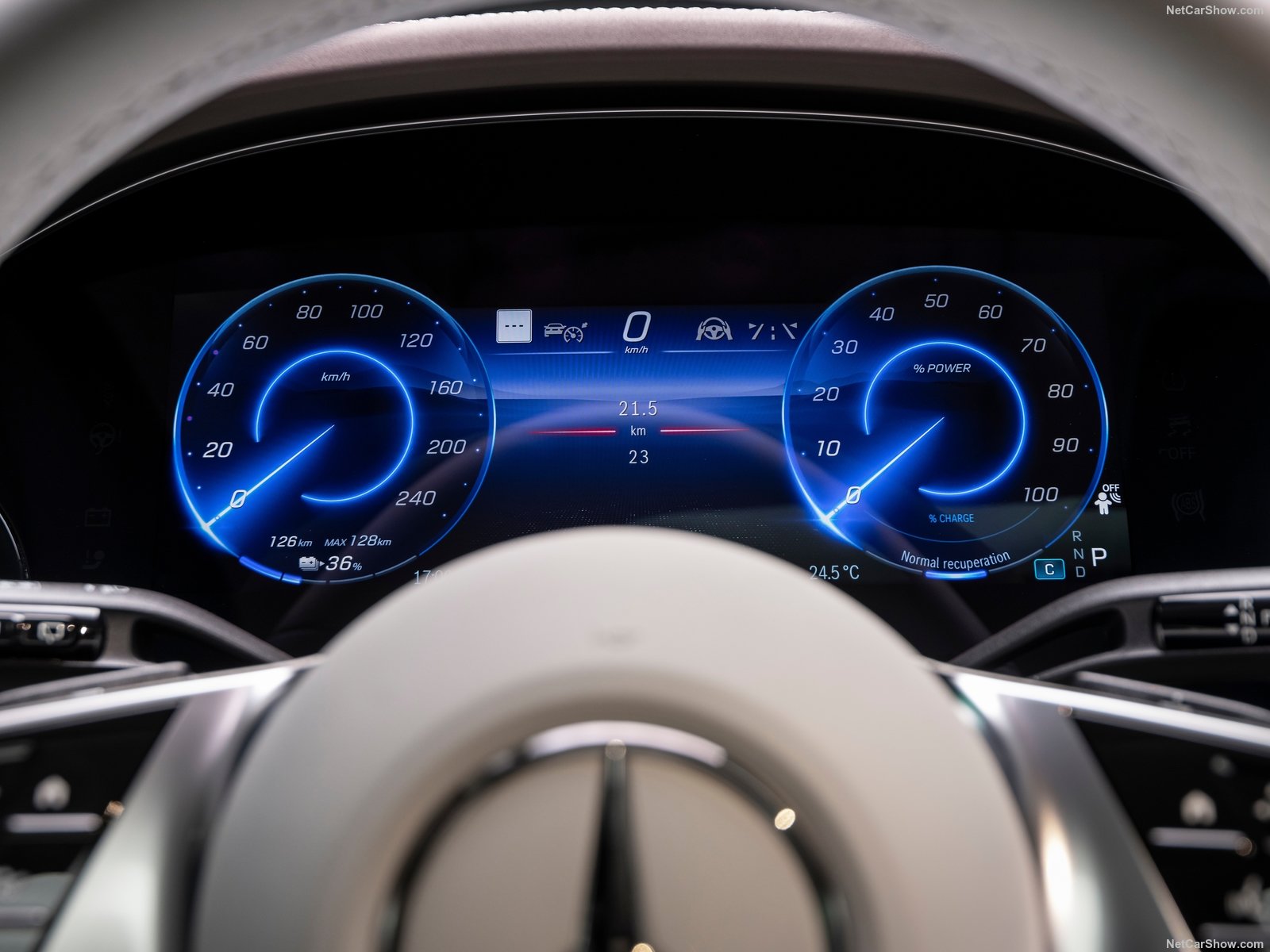


Up to 590 kilometres range
The modular drive concept enables the EQE SUV to offer a wide range of maximum total drive outputs from 215 to 300 kW. Depending on the vehicle equipment and configuration, the European vehicles can achieve WLTP ranges of up to 590 kilometres.
In the EQE SUV, the lithium-ion battery consists of ten modules. In certain cases the innovative battery management software, which was developed in-house, can be updated over-the-air (OTA).
The chassis of the new EQE SUV comprises a four-link suspension at the front and an independent multi-link suspension at the rear. Due to the comparatively short wheelbase of 3030 millimetres and the corresponding suspension tuning, it feels particularly agile and manoeuvrable even with the basic set-up.
The AIRMATIC air suspension with ADS+ continuously adjustable damping is available as an optional extra. To increase ground clearance, the vehicle level can be raised by up to 30 millimetres.
In addition to the DYNAMIC SELECT programs of ECO, COMFORT, SPORT and INDIVIDUAL, the EQE SUV models with 4MATIC also boast the OFFROAD program for off-road driving.
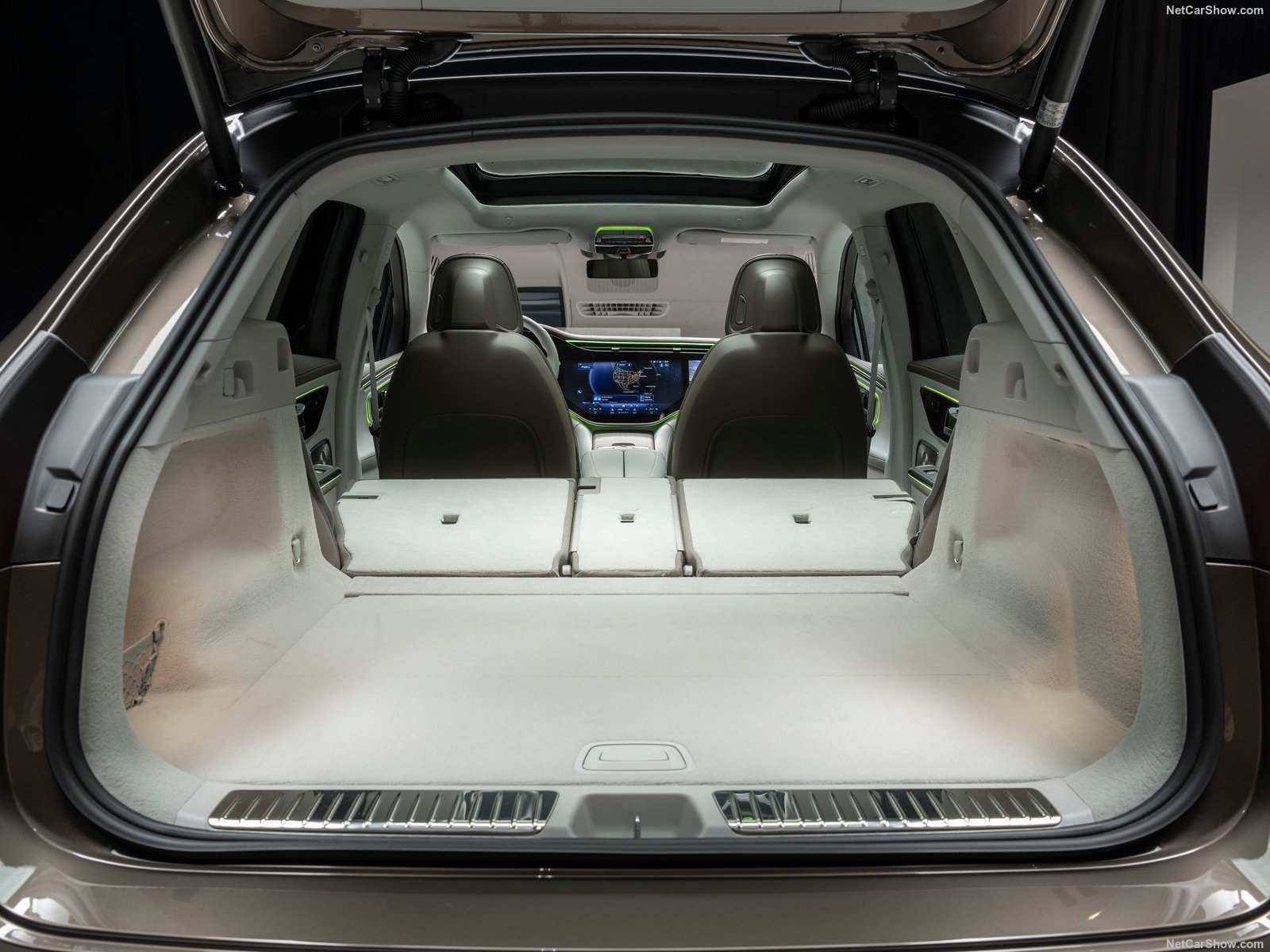
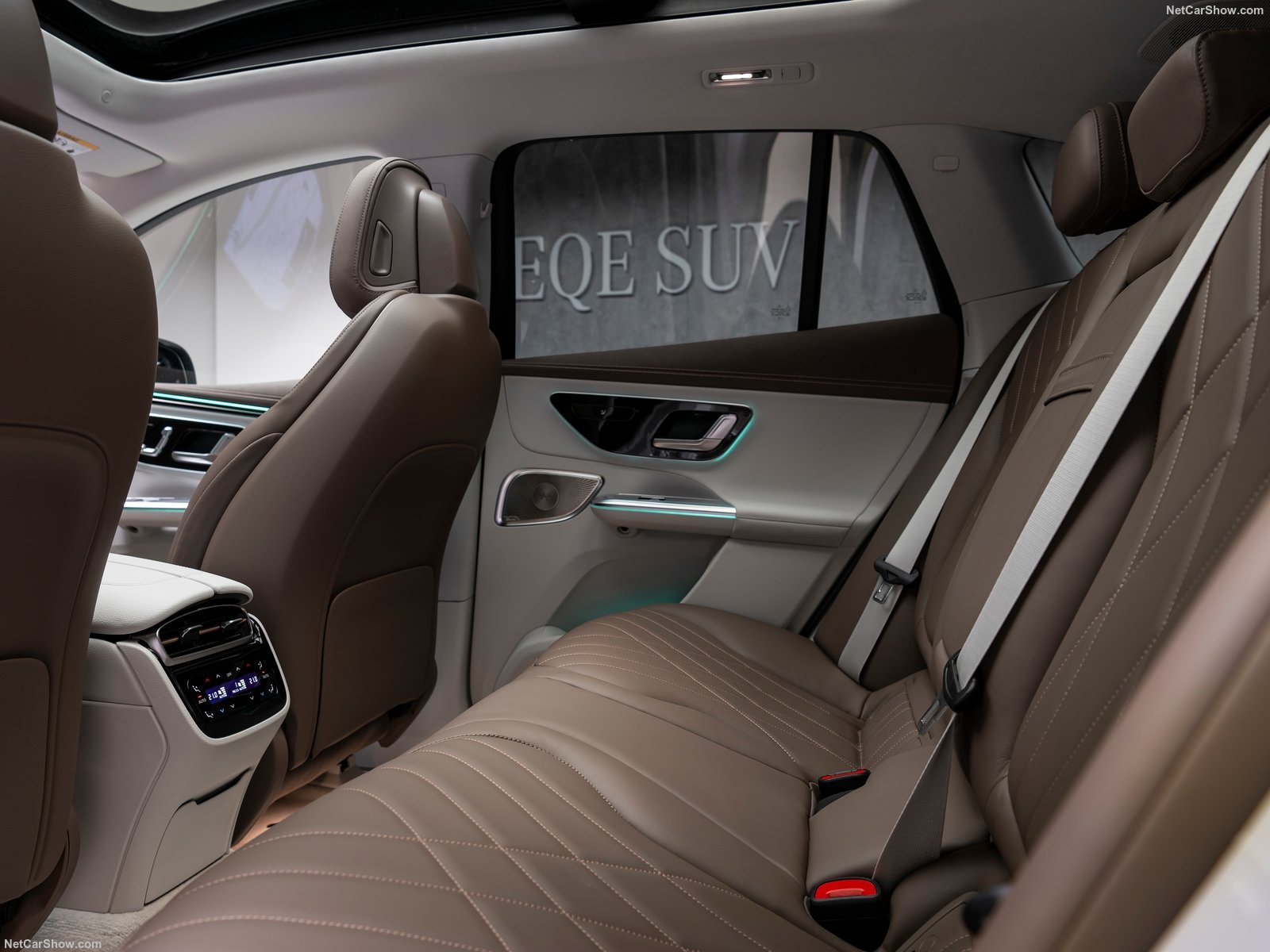
The new EQE SUV: the electric drive
The modular drive concept enables the EQE SUV to offer a wide range of maximum total outputs. Subject to final certification, Mercedes-Benz expects these to be in a similar range to the data for the EQE sedans.
Depending on the vehicle equipment and configuration, WLTP ranges of more than 550 kilometres (342 miles) can be expected for European vehicles (with the exception of AMG models).
All EQE SUVs have an electric drivetrain (eATS) on the rear axle. The versions with 4MATIC also have an eATS on the front axle.
In the 4MATIC models, the Torque Shift function ensures intelligent, continuously variable distribution of drive torque between the rear and front electric motors and thus the use of the most efficient eATS in each case. The modular drive concept enables high overall performance and a long range.
To further increase the range, the electric motor at the front axle can be completely decoupled. This step is undertaken by what is known as the Disconnect Unit (DCU). The intelligent disconnection system works complete automatically depending on the driving situation and the required output.
At low loads, the DCU switches into 4×2 driving mode, and both the electric motor and the relevant transmission at the front axle cease operation. This ensures that the drag losses otherwise normally experienced are largely eliminated.
The electric motors on the front and rear axles are permanently excited synchronous motors (PSM). On a PSM, the rotor of the AC motor is fitted with permanent magnets and therefore does not need to be supplied with power.
The magnets and thus the rotor follow the rotating alternating current field in the stator windings. In the EQE SUV, Mercedes-Benz uses a pull-in winding for a particularly strong magnetic field. The motor is referred to as synchronous because the rotor turns at the same rate as the magnetic field of the stator.
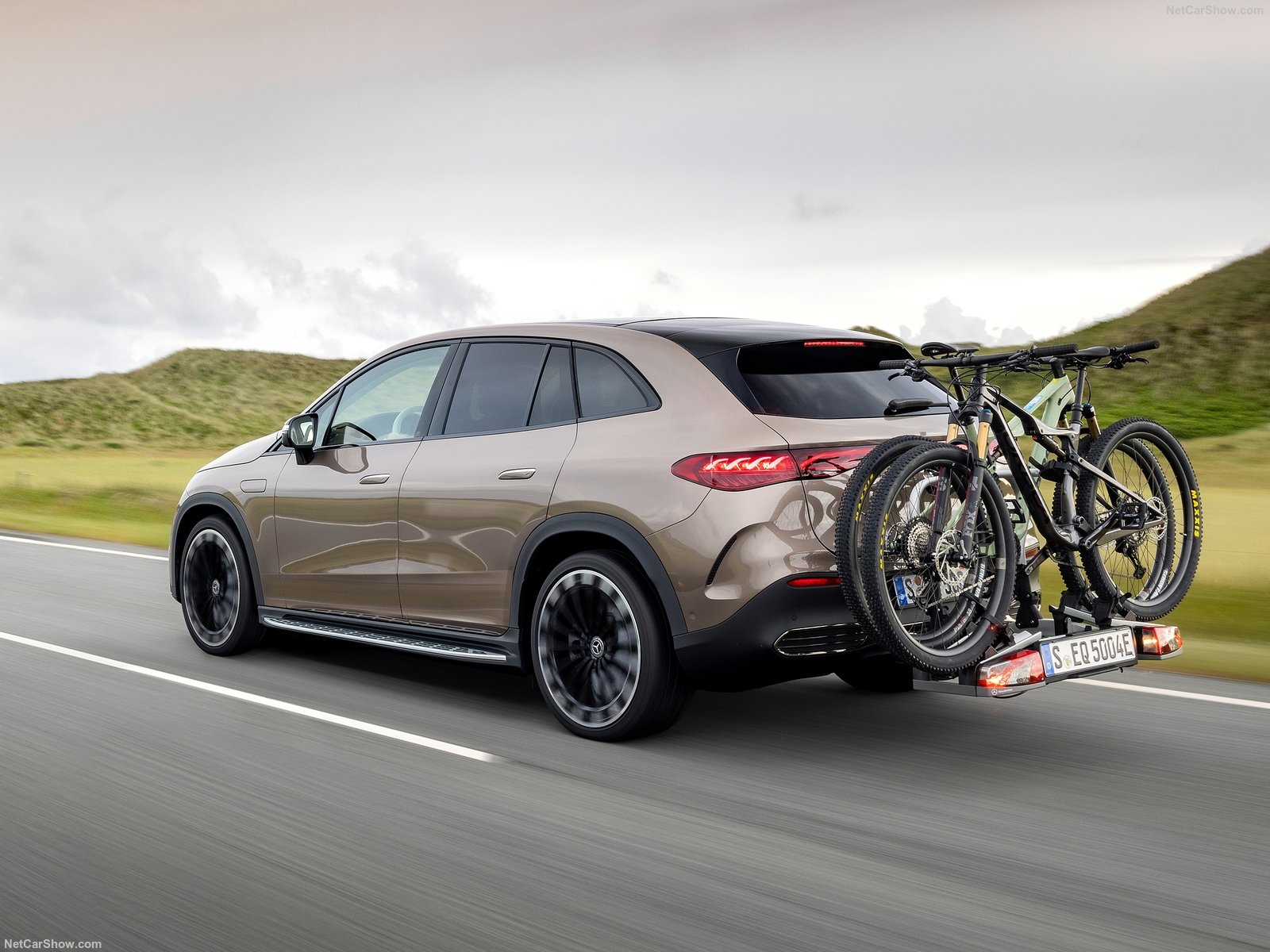
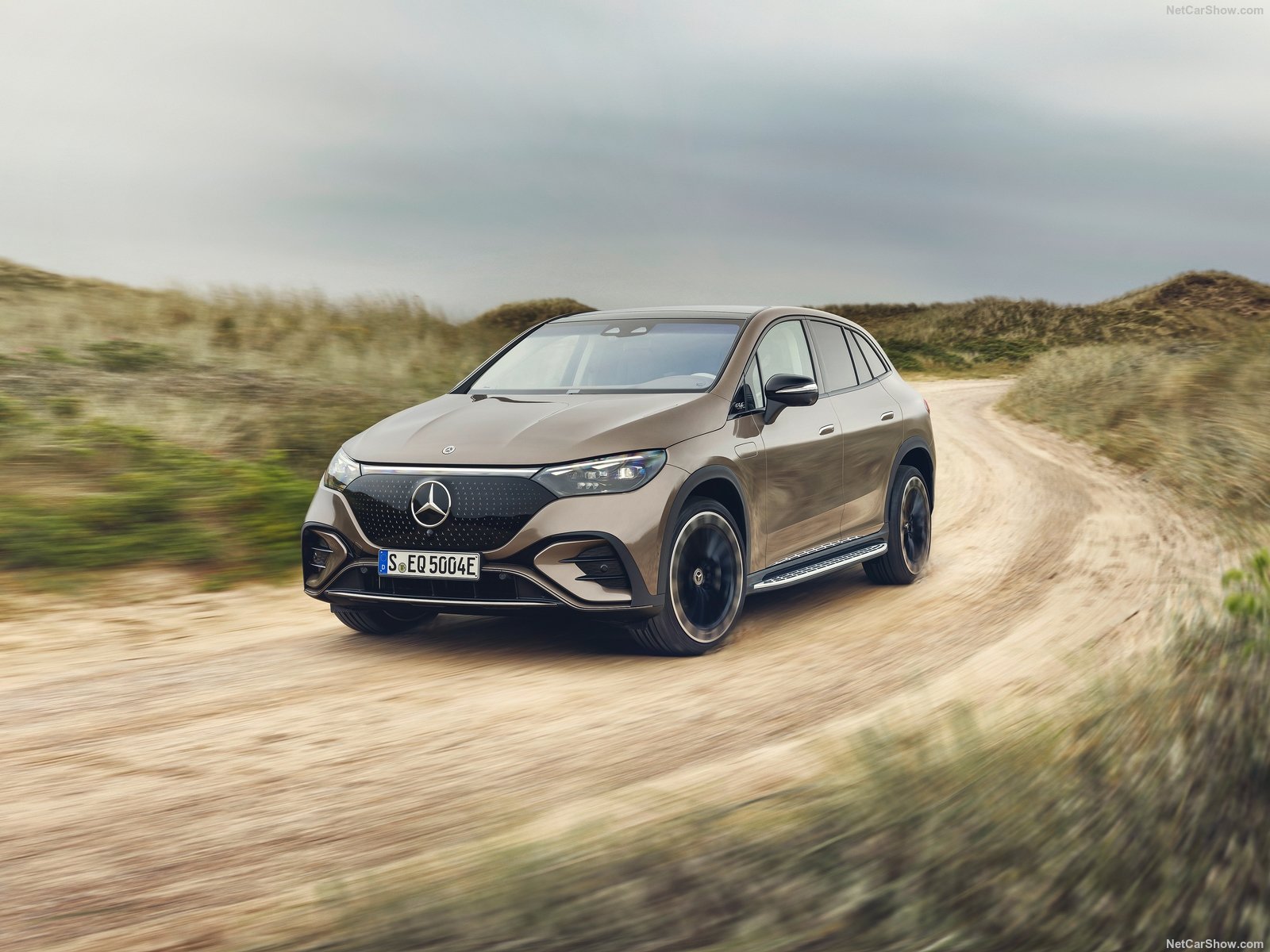
The frequency is adjusted in the power electronics inverters to the speed requirements of the driver. The advantages of this design include high power density, high efficiency and high power constancy. The motor on the rear axle is very powerful due to the six-phase design: it has two windings with three phases each.
The selling price has yet to be shared and its arrival in Malaysia will be in 2023.

